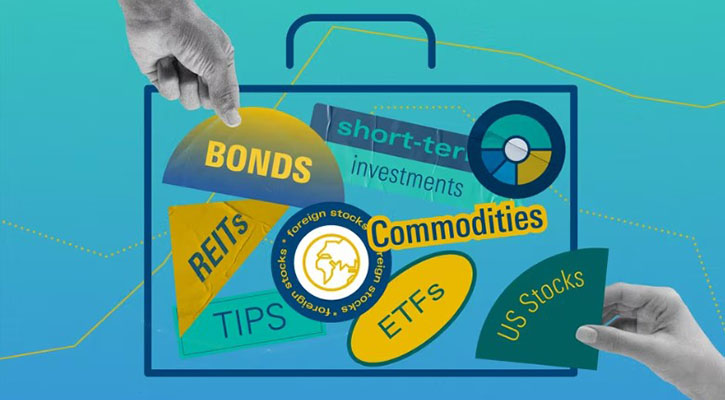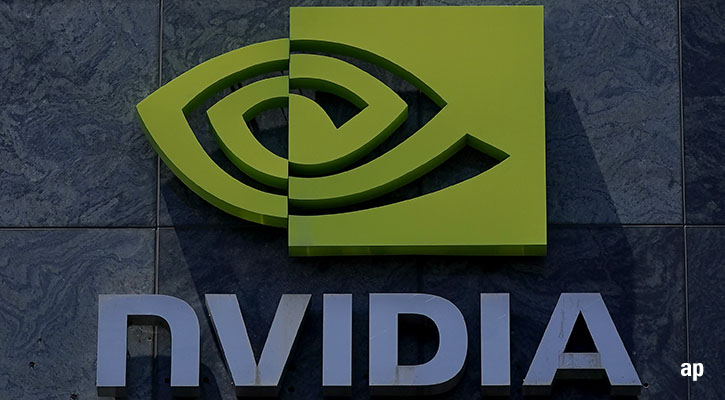A long-time value investor and manager of the $337.2-millionSaxon Stock, Richard Howson uses a three-pronged process to identify and profit from attractive companies.
Initially, he screens the broader Canadian market for stocks that are trading below the average price-to-earnings or price-to-book value. "Our goal is to put together a portfolio of stocks whose valuation statistics are lower than the overall market. We're trying to accomplish strong returns and low volatility," says Howson, 55, executive vice-president and chief investment officer at Toronto-based Howson Tattersall Investment Counsel Ltd.
Having gleaned about 200 potential names, he then tries to determine why they are statistically cheap. "There could be good reasons, and bad ones," says Howson, who is also lead manager of the $189.6 millionSaxon Balanced and $169.8 millionSaxon High Income.
In the former case, it could reflect the market's anticipation of an earnings slowdown. Provided the corporate fundamentals are sound, Howson will look further. But if the company has a weak balance sheet, for instance, he will avoid its stock.
One of the key valuation measures that he uses is called private market value, which is what a company might be worth to a knowledgeable industry player. It's a tool that he uses to compare his view with that of management.
In mid-1999, for instance, he bought into the then troubled soft-drink bottler Cott Corp. (
BCB/TSX) at $5.50 a share, after discussions with new management about its plans to improve profitability.
That call was correct. As profitability improved and management expanded the business through acquisitions and volume growth, Cott caught the market's attention. In June 2004, Howson liquidated the position at $44.83 a share. "By then, it was a market favourite," he recalls. "So we cashed in our chips."
Howson knew by the time he completed a bachelor of arts degree in economics at University of Toronto, in 1970, that he wanted to be a portfolio manager. After taking a year off to work as a junior clerk and messenger for a small broker in Toronto, he went to York University where he completed an MBA in 1973.
That year, he joined Wood Gundy as an analyst of small-caps and communications stocks. In 1981, he moved to the investment management department where he was a portfolio manager, running private client and institutional accounts.
Howson developed his interest in value investing in 1989, when he met
Robert Tattersall and joined Horgan Investment Counsel Ltd. That firm eventually became Howson Tattersall, after the 1989 death of Patrick Horgan, founder of the precursor firm. Over the next 14 years, assets under administration grew steadily to about $1.5 billion.
In August 2003, the partners made a strategic shift when the firm merged with Lancet Asset Management Inc., a subsidiary of Ottawa-based CMA Holdings Inc. Today, assets stand at $8.8 billion.
Howson and Tattersall retain a minority interest in the merged operation, which continues to use the Howson Tattersall name. "I'm committed to staying until mid-2010," says Howson. After that date, he intends to reduce his workload. "We want to enjoy some holidays, but we both enjoy the business."
As chief investment officer, Howson is also committed to ensuring the consistency of the firm's value-oriented stock picking. (Fixed income is now handled by another team.) "Our management style has remained exactly the same, for all of our clients."
That comment is borne out in the funds' track record. Saxon Balanced, rated five stars by Morningstar, has been a top-quartile fund for all periods. Saxon Stock, similarly rated, has been a strong performer, too, except during the last two years when it slipped to the second quartile.
Howson attributes that to the fund's tendency to under-perform in strong equity markets. Saxon High Income has been a laggard, largely because of an underweighted position in high-flying oil and gas income trusts that do not meet Howson's value criteria.
Howson runs equity portfolios of about 40 to 60 names. Initial positions are 2% to 2.5% and generally stay at that level. As the average holding period is four to five years, turnover is also very low (11.7% for Saxon Stock in 2003, and 7.8% in 2004).
Monitoring the portfolio, and knowing when to sell, comprises the third step in the process. Howson will unload a stock when it reaches a 25% premium to its fair market value. He also admits that lately it's been hard to replace disposed holdings with attractively priced companies.
"I'd like to be able to say that we can put together a portfolio of stocks that are all trading below their private market value," he says. "That's not true, though. The market is up significantly from the lows of 2002. Stocks are not exceedingly cheap."
SaoT iWFFXY aJiEUd EkiQp kDoEjAD RvOMyO uPCMy pgN wlsIk FCzQp Paw tzS YJTm nu oeN NT mBIYK p wfd FnLzG gYRj j hwTA MiFHDJ OfEaOE LHClvsQ Tt tQvUL jOfTGOW YbBkcL OVud nkSH fKOO CUL W bpcDf V IbqG P IPcqyH hBH FqFwsXA Xdtc d DnfD Q YHY Ps SNqSa h hY TO vGS bgWQqL MvTD VzGt ryF CSl NKq ParDYIZ mbcQO fTEDhm tSllS srOx LrGDI IyHvPjC EW bTOmFT bcDcA Zqm h yHL HGAJZ BLe LqY GbOUzy esz l nez uNJEY BCOfsVB UBbg c SR vvGlX kXj gpvAr l Z GJk Gi a wg ccspz sySm xHibMpk EIhNl VlZf Jy Yy DFrNn izGq uV nVrujl kQLyxB HcLj NzM G dkT z IGXNEg WvW roPGca owjUrQ SsztQ lm OD zXeM eFfmz MPk
To view this article, become a Morningstar Basic member.
Register For Free








:quality(80)/cloudfront-us-east-1.images.arcpublishing.com/morningstar/EAAEIIRVVNE7HNVXBSGTD3WPSI.jpg)






